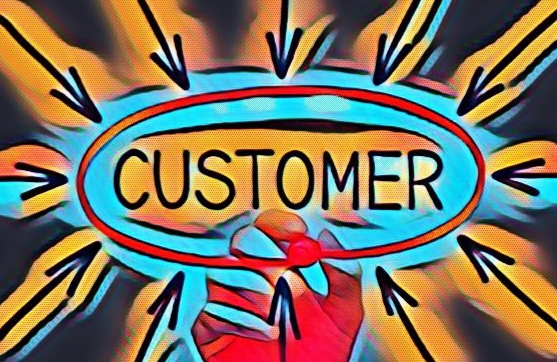Nowadays, there is not a single company that does not talk about the importance of being customer-centric, how serious they are about it and how much they invest towards that direction. The question that arises though is if they are using metrics that their customers would care about or is this not the case?
We all know of Key Performance Indicators (KPIs) that allow not only entire organisations, but also departments, teams, and individuals to evaluate their performance at a given time period, quantifying their accomplishments and effectiveness in relation to the objectives and goals that are to be achieved. These are metrics that are directly linked with factors that are crucial for businesses, such as turnover, profitability, hit rate etc., but they are all company-centric, as they measure the way that customers perform for the company.
On the other hand, if organisations want to call themselves truly customer-centric, then it is high time that they start measuring how they perform for their customers. Whenever a client interacts with a supplier, they are seeking for a desired outcome accompanied by expectations regarding how easily this result will be fulfilled. This is where Customer Performance Indicators (CPIs) come into play, as they can be the metrics associated with these outcomes.
According to a relevant article from Harvard Business Review (The Most Important Metrics You Are Not Tracking Yet), there are two elements that need to be considered, so as to qualify a metric as a CPI. First, it must be an outcome that the customer confirms that is important for their organisation and second it must me measured in metrics that the clients value.
There is undoubtedly a link between CPIs and KPIs, since the more focused we are as organisations on the outcomes that are important to our customers, the better our business is going to perform on the results which are vital for our company. Moreover, as the single thing that brings growth to an organisation is its’ customers, CPIs can also turn out to be a predictor of growth. Also, by monitoring what matters for clients, companies can plan their activities accordingly in order to ameliorate customer outcomes, which in turn will have a positive impact on their own KPIs.
Pairing CPIs with KPIs will help us paint a much clearer picture of how success will look like for our business, so we need to start working towards this direction. By this way, customer-centricity will not be just words, but something that will be a part of the DNA.



